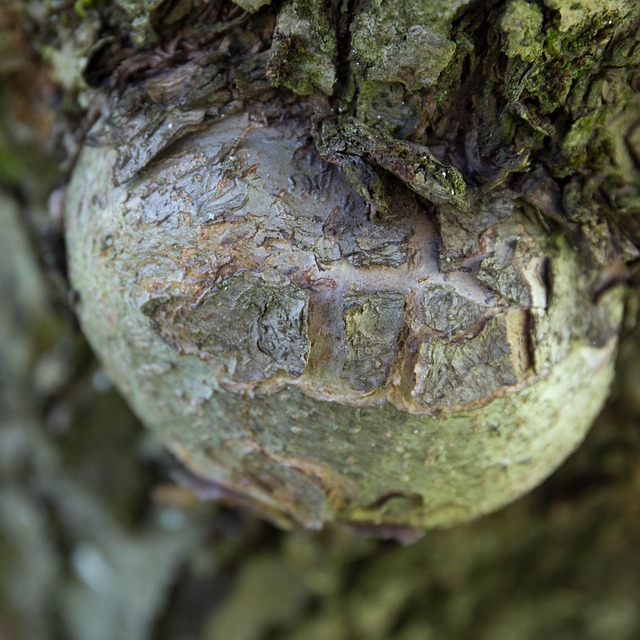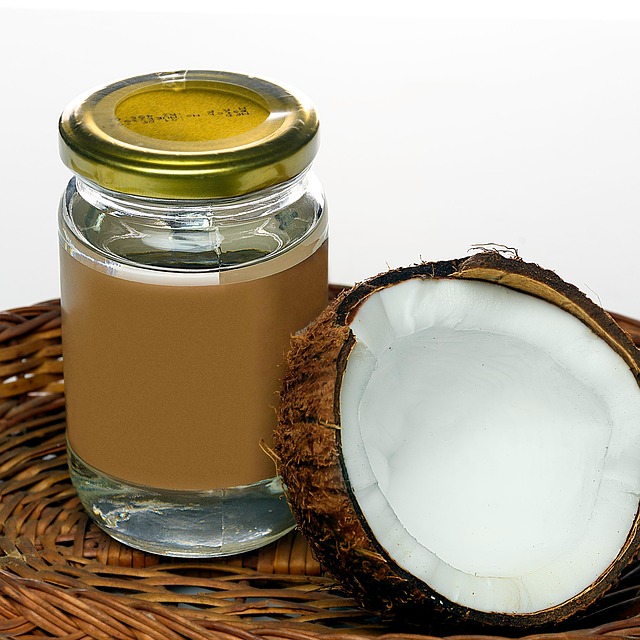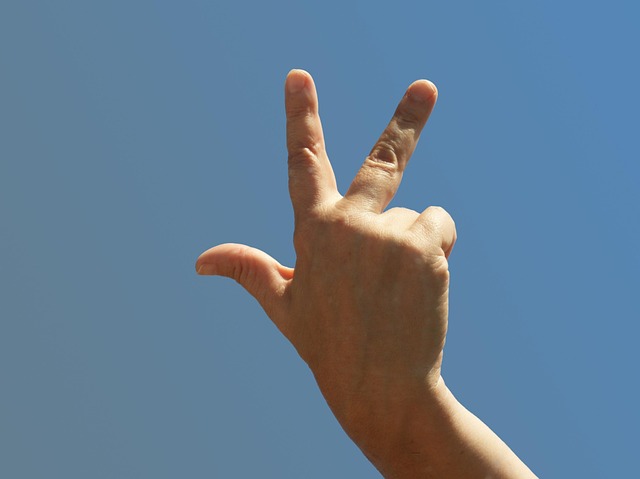
Joint Degradation
Understanding Joint Degradation
Joint degradation, or osteoarthritis (OA) as the cool kids call it, is like that one friend who keeps showing up uninvited to your party—only this friend brings pain, stiffness, and a side of swelling. While it’s often associated with the golden years of life (a.k.a. the 65+ crowd), it’s not just a senior citizen’s club; anyone can find themselves on the guest list.
What Is Osteoarthritis?
Osteoarthritis is the most common form of arthritis, and it’s not just a fancy name for sore knees after a long day. It occurs when the cartilage—the little cushion between your bones—starts to wear down. Think of cartilage as the marshmallow in your hot chocolate: it makes everything smooth and delightful, but once it starts to disappear, things get a bit… crunchy. And nobody wants a crunchy hot chocolate!
What Causes Joint Degradation?
While many people assume that aging and wear-and-tear are the main culprits of osteoarthritis, they’re not the only players in this game. Genetics, metabolic issues, and even environmental factors can contribute to the degeneration of cartilage. So, if your joints are feeling more like a rusty hinge than a well-oiled machine, it might be time to investigate your family history and lifestyle choices.
Signs and Symptoms
Now, how do you know if you’re dealing with osteoarthritis? Here are some common signs:
- Pain: A persistent ache in your joints that seems to enjoy overstaying its welcome.
- Stiffness: Especially after sitting for a while—like your joints are auditioning for a role in a statue play.
- Swelling: Your joints might puff up like a balloon at a birthday party, but unfortunately, there’s no cake involved.
- Decreased flexibility: You might find it hard to bend or straighten your joints fully, making yoga class a bit more challenging.
How Is It Diagnosed?
If you think you might be on the OA train, a visit to your healthcare provider is in order. They’ll likely perform a physical exam and may order X-rays or MRIs to see what’s going on in there. It’s like getting a backstage pass to your own body’s concert—minus the free snacks.
Treatments and Management
While there’s no magic cure for osteoarthritis (sorry, no fairy godmother here), there are ways to manage the symptoms:
- Physical therapy: A trained therapist can help you strengthen the muscles around your joints and improve flexibility.
- Medications: Over-the-counter pain relievers can help take the edge off. Just don’t go turning into a candy store with them!
- Injections: Corticosteroid injections can provide temporary relief for inflammation. It’s like giving your joints a mini vacation.
- Surgery: In severe cases, joint replacement might be necessary. Think of it as an upgrade from a flip phone to the latest smartphone—your joints deserve the best!
Conclusion
Joint degradation is a common issue that can affect anyone, but understanding it is the first step toward managing it. So, whether you’re a spry 30-something or a seasoned 70-year-old, remember that knowledge is power—and it might just help keep your joints from throwing a tantrum. After all, nobody wants to be the person at the party who can’t dance because their knees are staging a protest! 💃

















 Lease Agreements
Lease Agreements 
 Health
Health  Fitness
Fitness  Lifestyle
Lifestyle  Tech
Tech  Travel
Travel  Food
Food  Education
Education  Parenting
Parenting  Career & Work
Career & Work  Hobbies
Hobbies  Wellness
Wellness  Beauty
Beauty  Cars
Cars  Art
Art  Science
Science  Culture
Culture  Books
Books  Music
Music  Movies
Movies  Gaming
Gaming  Sports
Sports  Nature
Nature  Home & Garden
Home & Garden  Business & Finance
Business & Finance  Relationships
Relationships  Pets
Pets  Shopping
Shopping  Mindset & Inspiration
Mindset & Inspiration  Environment
Environment  Gadgets
Gadgets  Politics
Politics 